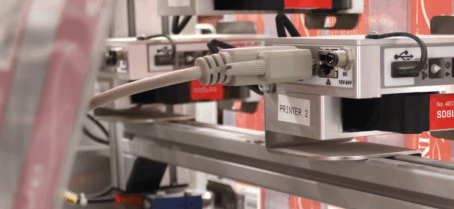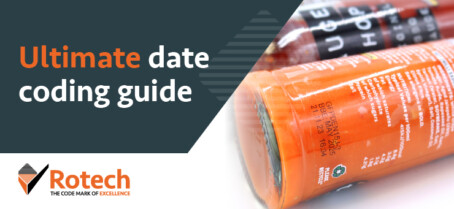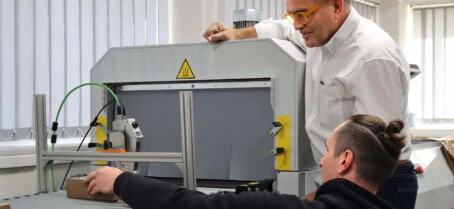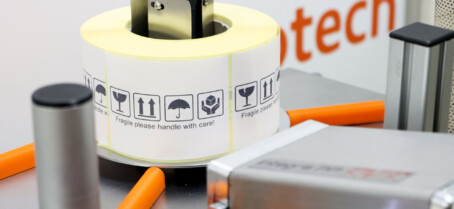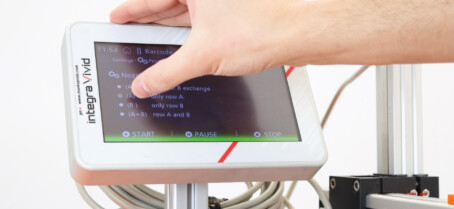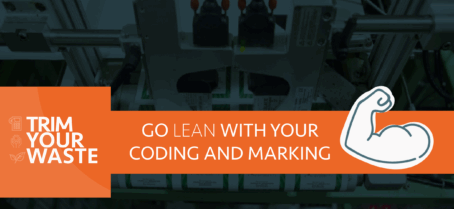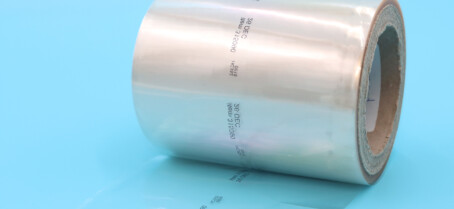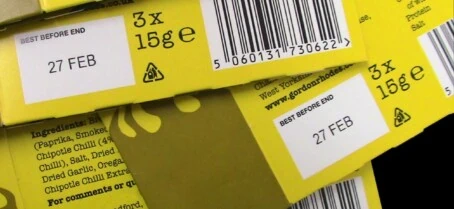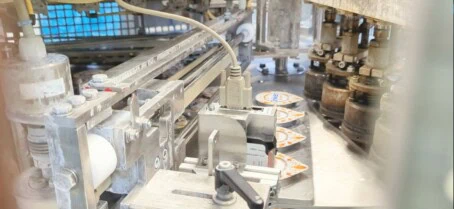
Fresh thinking for dairy coding
When it comes to dairy manufacturing, everything moves fast. From fill to finish, chilled products have a short window to get out of the factory and onto the shop floor. This urgency puts pressure onto every part of the production line, including coding. Applying date codes and batch numbers isn’t just a final step, it’s essential for traceability and compliance.

